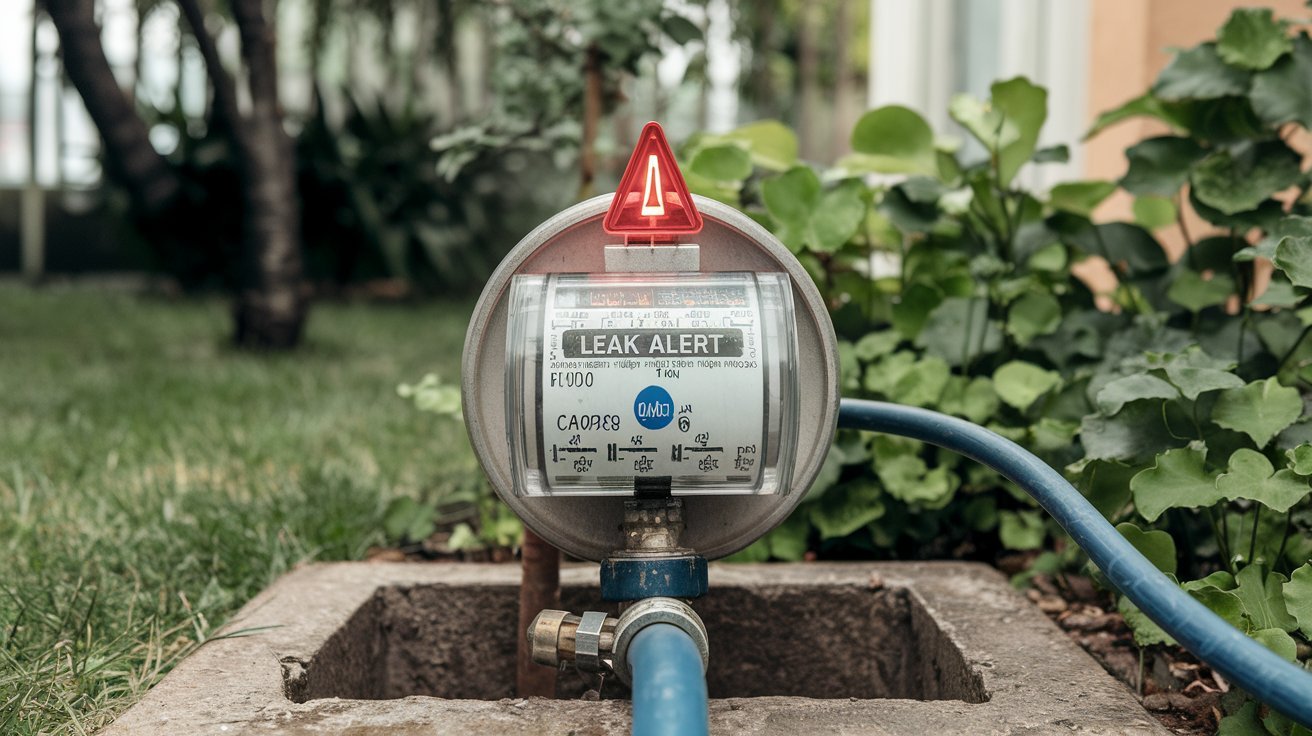In an era where every drop counts, the ability to detect water system leaks instantly is transforming how municipalities and utility companies manage infrastructure. Water loss not only drains resources—it drains budgets. Traditional leak detection methods, which often rely on routine inspections and reactive maintenance, have proved to be too slow and costly. Enter the game-changer: real-time leak alerts.
Thanks to the integration of IoT (Internet of Things) technologies and advanced telemetry systems, water utilities now have eyes on their networks 24/7. Real-time leak alerts are more than just a tech upgrade—they’re a strategic necessity. These systems proactively identify leaks before they escalate, protecting billions in infrastructure and slashing operational losses.
The Cost of Undetected Leaks
Globally, water utilities lose an average of 30% of treated water due to leaks and pipe bursts. In the United States alone, it’s estimated that over 2 trillion gallons of treated water are wasted annually due to infrastructure leaks. The consequences aren’t just environmental—they’re financial. Utilities lose billions in revenue, and the ripple effect is felt by consumers through increased bills and service disruptions.
Without proper detection, small leaks can evolve into catastrophic failures, requiring emergency repairs and road excavation. These unexpected costs can cripple municipal budgets and damage public trust.
Smart Monitoring as a Strategic Asset
Smart monitoring systems are engineered to pinpoint leaks at the earliest sign of trouble. These systems integrate flow meters, pressure sensors, acoustic detectors, and cloud-based platforms to create a continuous feedback loop. The real innovation lies in how data is processed: anomalies are flagged instantly, and alerts are sent to technicians in real time.
For utilities, this means no more waiting for customer complaints or visible signs of damage. Maintenance can be scheduled proactively, resources can be deployed efficiently, and repair costs can be dramatically reduced.
One of the most effective benefits is how these alerts are integrated into existing SCADA systems or centralized management platforms. Operators can monitor the entire pipeline network from a single dashboard, making decision-making faster and more data-driven.
The Ripple Effect: Efficiency in Wastewater Management
Real-time monitoring doesn’t just help detect potable water leaks; it plays a critical role in managing wastewater systems, too. When leakage occurs in sewer pipelines or untreated wastewater backflows due to blockages, the environmental and regulatory consequences are severe. Early detection mitigates these risks and enhances treatment efficiency.
This is where understanding the 4 stages of wastewater treatment becomes important. Leak alerts help ensure that each stage—preliminary, primary, secondary, and tertiary treatment—receives the appropriate flow levels. Irregularities in flow caused by unnoticed leaks or infiltration can disrupt biological and chemical processes at treatment plants, leading to inefficiencies or non-compliance with discharge regulations.
By ensuring stable and controlled input into wastewater facilities, utilities can better maintain system balance and meet environmental standards.
Real Results from Real-Time
Cities that have adopted real-time leak alert systems report impressive results. For example, in California, a utility company saved over $10 million annually by preventing major water main breaks and minimizing downtime. In the UK, similar systems helped reduce non-revenue water loss by 50% within three years.
What makes these systems even more powerful is their scalability. Whether it’s a small town or a sprawling metropolis, smart leak detection solutions can be tailored to fit the size and complexity of the water network.
Environmental and Public Impact
Real-time alerts do more than protect pipes—they safeguard communities. Quick responses reduce the risk of contaminated water reaching homes, prevent sinkholes and infrastructure collapse, and minimize service outages. From an environmental standpoint, every leak prevented is a win against water scarcity and ecosystem disruption.
For residents, these systems represent a silent guardian. Many utilities are now offering customer-facing apps that notify households of abnormal usage—such as a running toilet or burst pipe—empowering individuals to take quick action and avoid costly water bills.
Integration with Broader Smart City Goals
The beauty of real-time monitoring lies in its compatibility with broader smart city initiatives. Water management is just one pillar in a larger infrastructure network. When leak detection data is shared with traffic systems, for example, road maintenance can be coordinated to avoid peak hours. When paired with weather prediction tools, utilities can better prepare for stormwater surges or droughts.
This level of integration leads to predictive, rather than reactive, governance—something every modern city strives to achieve.
Challenges in Implementation
Despite its benefits, real-time monitoring does come with challenges. The initial investment in sensors, communication networks, and software platforms can be significant. Data overload is another issue—without proper analytics, the volume of information can overwhelm operational teams.
However, as technology advances and costs decrease, these barriers are becoming less daunting. Many governments now offer grants or subsidies to encourage digital infrastructure upgrades. Public-private partnerships are also emerging as a viable path forward.
The key to success lies in thoughtful implementation: choosing the right technology partners, training staff effectively, and phasing deployment to maximize impact.
The Road Ahead
Water is one of our most precious resources, and the pressure to manage it efficiently will only grow. With climate change intensifying droughts and population growth increasing demand, utilities can no longer afford reactive approaches.
Real-time leak alerts provide a competitive edge by transforming how utilities perceive and respond to infrastructure threats. They enable cost savings, protect public health, and elevate operational excellence.
As more municipalities make the shift to smart water management, those who delay risk falling behind—financially, environmentally, and reputationally. The message is clear: the future of water lies in proactive intelligence, and real-time leak alerts are leading the way.












Leave a Reply